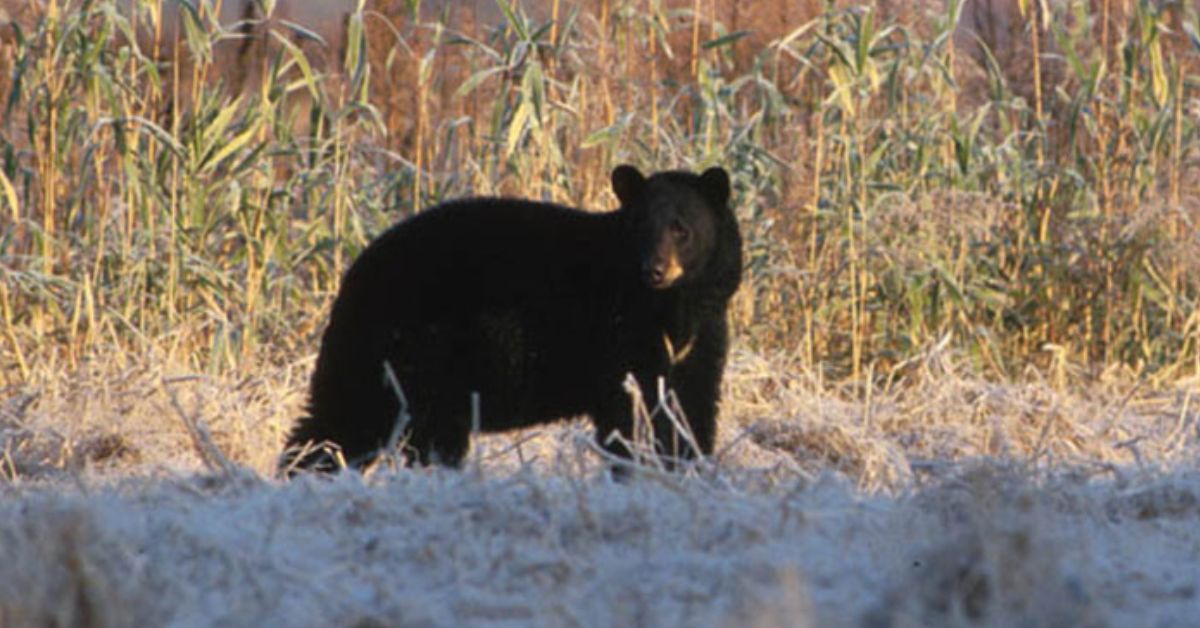NEWPORT — Vermont’s black bear population is currently estimated to be between 7,000 to 8,500, according to the most recent data available from 2022, as reported by the Vermont Fish and Wildlife Department. This marks a five-year high for the bear population in the state.
Jaclyn Comeau, a wildlife biologist and Black Bear Project Leader, highlighted the importance of viewing this population estimate in the context of the typical cycles of growth and decline experienced by a bear population that remains stable in the long term.
“We will be watching closely in the coming few years to see if the population drops as we have seen it do before, after high years in previous cycles,” said Comeau.
Comeau emphasized that this current population estimate does not warrant any changes to Vermont’s bear management strategies. The state’s flourishing bear population is attributed to sustained research and conservation efforts spanning several decades, including land protection, regulated hunting, and extensive public education on proactive conflict prevention.
Historically, Vermont’s bear population was concentrated in mountainous regions and the Northeast Kingdom, numbering between 1,500 and 3,500 in the early 1970s. However, bears are now present in nearly every town in Vermont, except for those on the Lake Champlain Islands.
The population has seen consistent growth since 2019, having remained relatively stable since the mid-1990s, fluctuating between 4,000 to 7,500 bears.
Comeau reminded Vermont residents of their duty to coexist with bears, urging them to respect these majestic creatures as essential components of the state’s biodiversity and to adopt proactive strategies to prevent conflicts. These strategies include keeping human food out of bears’ reach and maintaining a scientifically regulated hunting season to align the bear population with Vermont’s social carrying capacity.
The department’s bear population model, which estimates the population and accounts for model uncertainty, is based on age and sex data from hunter harvests and non-hunting mortalities, such as vehicle strikes. As this model depends on annual data from hunters, it is always one year behind the current hunting season.
Dr. Katherina Gieder, a biometrician and Research Program Manager, asserted the reliability of the bear population model estimates, stating, “We are confident in our bear population model estimates because they consistently match what other data indicate about the population trend over time.”
Gieder also noted the increased model certainty in recent years, particularly since the mandatory submission of a tooth from every bear harvested by hunters to the department in 2018. This practice exemplifies how community science can play a pivotal role in wildlife conservation.








